Table of Contents
What is Weight Pulling Sport for Dogs?
History of Weight Pulling
Like many other canine sports, Weight pulling for dogs evolved from practical experience with them. Its place of origin is considered North America (especially Alaska and the Yukon), where dogs were used to move people and goods. The first mentions of such competitions date back to the end of the 19th century, when the “gold rush” was raging in Canada and the USA. At first it was a simple pastime: gold prospectors would challenge each other to see which dog could haul a sled loaded with cargo frozen in the snow and drag it the maximum distance. Wetght pulling developed in parallel with sled dog racing due to the common conditions of the origin of these two sports. In addition to the northern parts of the United States and Canada, pulling competitions were held in Greenland, where dogs were used to transport timber.
Weight pulling was developed in Greenland, where dogs were used to transport timber.
As time went on, one-off entertainment became increasingly popular, and by the 1970s the conditions were in place for legalization of weight pulling. In 1978, the Sled Dog Racing Association (ISDRA) developed guidelines that streamlined the conduct of weight pulling competitions with dogs. Thus weight pulling was officially recognized as a sport. Over the next 6 years this sport became increasingly popular, the rules were refined and dogs who achieved outstanding results were rewarded.
In Europe weight pulling is also widely accepted. It has two associations – EWPL (Unites Scandinavian Countries) and UPF (Continental Europe and Britain). Both organizations hold their own European championship of weight pulling.
Interesting Facts about Weight Pulling
Weight pulling is a sport with rich history, with both outstanding achievements and its legends. Here are some interesting facts about the sport:
- It’s generally accepted that the first literary reference to Weight pulling in found in “Ancestor’s Call,” by Jack London, who also tried his hand at the mines
- The traditional draught dog breed is the Alaskan Malamute – a very strong, hardy and friendly dog, which for centuries has been helping humans to overcome the harsh conditions of the Polar region;
- At the same time, the Guinness Book of World Records record belongs to Saint Bernard Rayttes Brandy Bear, who in 1978 pulled a cart with a weight of 2905 kg and thus became the strongest dog in the world;
- Also a Newfoundland named Barbara Allens Dark Hans carries a weight of 2289kg, less than the previous strong one, but the weight of 44 kg made her the strongest dog in ration to her own bodyweight.
The IWPA, however, has its own weight pulling records, somewhat different from the above, which is obviously due to the stricter conditions of the competition. The strongest dogs in their weight categories are:
- under 150 pounds (68 kg) – King Duke, a Bordeaux dog, pulled a sled with a weight of 657 kilograms
- under 40 pounds (18kg) – Norwegian Elkhound called Miss Rosa Petal Martin who set 2 records at once: 732kg on wheels and 369kg on snow
- under 60 pounds (27 kg) – Old English bulldog Razor, who hauled a cart with a 1,320.5-kilogram load
- under 100 pounds (45 kg) – Alaskan Malamute Rader, whose personal best was 2072.5 kg (on wheels).
So the data as to who among the dogs is the champion of the weight pulling is somewhat varied. In any case, all of the dogs listed above are worthy to go down in the history of the sport. In order to make it easier to determine the winner, the rules of Weight pulling have been developed. However, depending on the particular association hosting the competition, they may vary.
Weight Pulling Rules
All participating dogs are divided into weight categories.
In this case, weight of the dog is rounded downward during weighing. For example, if a dog weighs 20.5 kg, it shall be entered in the second category. Dogs aging 1-11 years of any breed, including non-breeds, in good physical condition, except for pregnant or pregnant bitches, may participate in the competition. Each pet must be branded or chipped for identification.
Each competition is held within its own weight class, pets of different classes are not allowed to participate in the same competition or their results are not officially recorded. A dog must move a wheeled cart or sled with a load over a distance of 5 meters in 1 minute. The winner is the one who moved the larger weight. If two pets pull the same weight, the one who took less time wins.
There are several rules that a handler must follow:
- When his dog performs, he must be in the working area
- The handler must not touch the dog with his hands, or use treats, toys, whistles, muzzles, spiked collars or other means of positive and negative reinforcement;
- While the dog is dragging the load, the dog may be led on a leash, but the leash must be kept loose;
- The handler can encourage the dog to act with his voice, but must not use abusive language or anything even remotely resembling threats.
In Weight pulling there is a concept of starting weight – the weight of the load, at which the competition begins. For each category of dogs it is as follows:
- under 10 kg – 100 kg
- under 20 kg – 200 kg
- under 30 kg – 250 kg
- up to 40 kg – 300 kg
- up to 50 kg – 350 kg
- over 50 kg – 400 kg
In each round (of which there can be 5 to 12) the weight is increased by 20-30 kg for categories up to 30 kg and by 40-100 kg for the other classes.
What Dogs are Good at Weight Pulling?
There is a number of breeds that are best suited for weight pulling:
- Sled dogs – primarily Huskies and Malamutes, bred specifically for carrying loads
- Fighting breeds – American Pit Bull Terrier, Bulldog, Staffordshire Terrier
This choice is made primarily by the anatomy of the dogs, which must meet the following criteria:
- Proportional (or, as dog breeders call it, “moderate”) and strong physique – muscular back, powerful paws, broad chest and strong pelvis;
- A well-coordinated movement pattern that maximizes the animal’s strength potential;
- stamina and determination, interest in competition and winning;
- Self-confidence, moderate activity, goodwill, and the ability to learn and socialize.
Training Your Dog to Weight Pull
.So we come to the heart of the matter, and now we begin with how weight pulling classes begin. The first thing to do is to choose the right equipment:
Weight pulling is a good way to get started.
- The harness is a dog harness made of soft but strong straps that is secured to the dog’s body, it must be perfectly fitted, comfortable, not causing pain or discomfort to the pet;
- The rope: A strong and rigid rope that connects the harness to the load;
- The load – Any load that fits the weight of your dog is acceptable for training as long as it doesn’t startle the dog by rattling, squealing or other noise when he moves.
Many people think that a dog should be trained immediately using a competition cart. However, you have to take into account the peculiarity of such a tool, as a dog is under stress when he starts moving, and then its inertia makes it work much easier. During training it’s important to develop in the dog the ability to overcome constant resistance, then it will be easier to cope with the load at the competition. In fact, it’s the constant resistance he has to overcome if he’s competing on snow.
You also need to choose a place to train. It should be level and cleared of debris and other objects, covered with soil, lawn or special surface. Training should never be done on hard surfaces such as concrete, asphalt, bricks etc. as these can cause discomfort and pain on the pads.
Weight pulling training should begin at an early age of the pet, optimally from 6-8 weeks from birth. The entire process of weight pulling training can be divided into several stages:
Preparation. At this stage, the puppy must be accustomed to the harness, taught the necessary commands (“Hold”, “Stay” and “Go”), to develop in him obedience to the owner. It’s also important to train him to tolerate crowds of people and other dogs, the noise of onlookers, photo-bursts, etc.
Loading training should only begin once the basic building of his muscles and skeleton has taken place. Do not make him carry large weights at once – if he cannot take too much weight, he will develop an insecurity complex. A tyre or log hitched to a rope might be enough for the beginning. Gradually the weight should be increased. Training can also be supplemented with sledging in the snow, or simply jogging behind the bicycle for general physical development.
Preparing for competitions. Once the puppy has developed the “spirit of weight pulling”, you can begin to train directly for specific competitions. In order to do so, the owner must clarify the requirements and weights that will be used on them, and train already with similar loads.
If you remember the right way to train, the sport will be fun for your pooch. It’s the approach that will ensure that he reaches his fullest potential and gets the victories he deserves. And, most importantly, properly structured interaction between dog and owner during training and competitions promotes friendly and warm bonds between them.
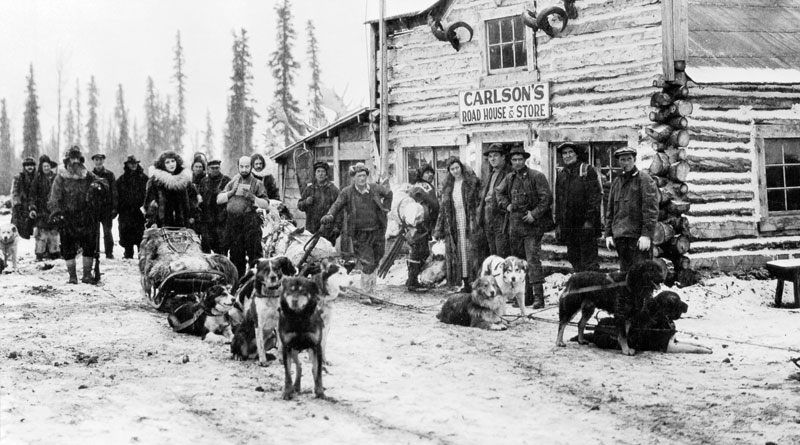
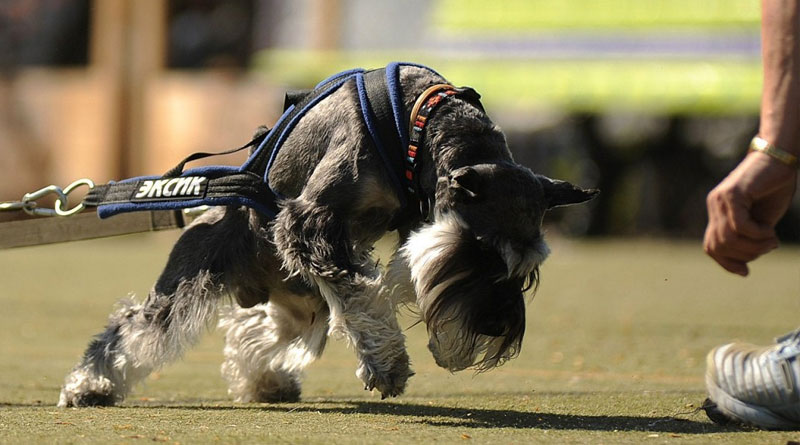
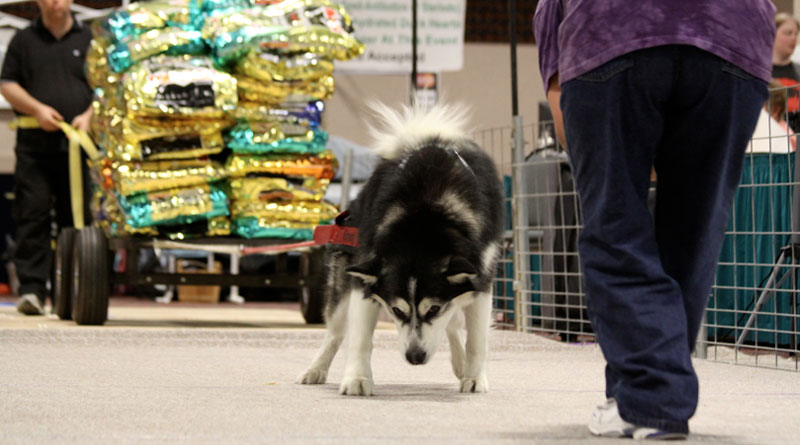
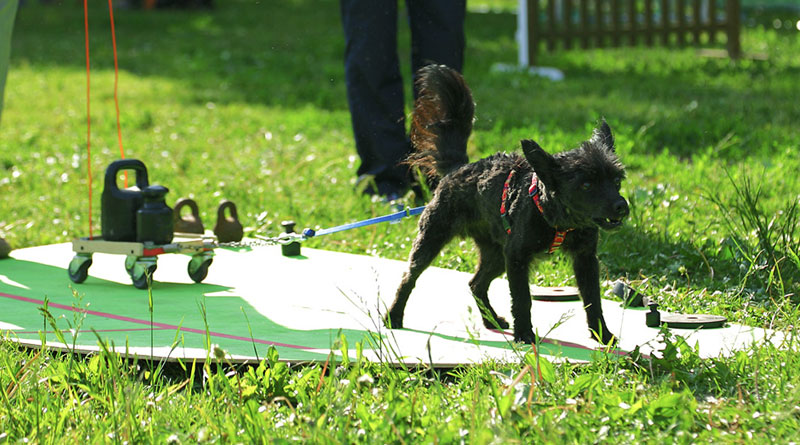
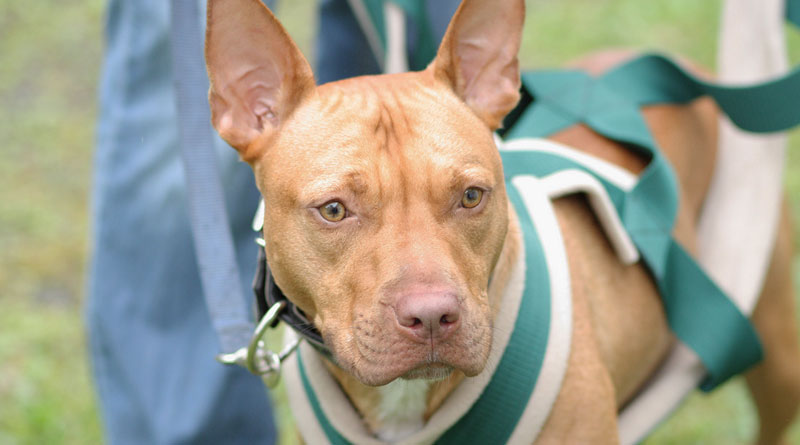
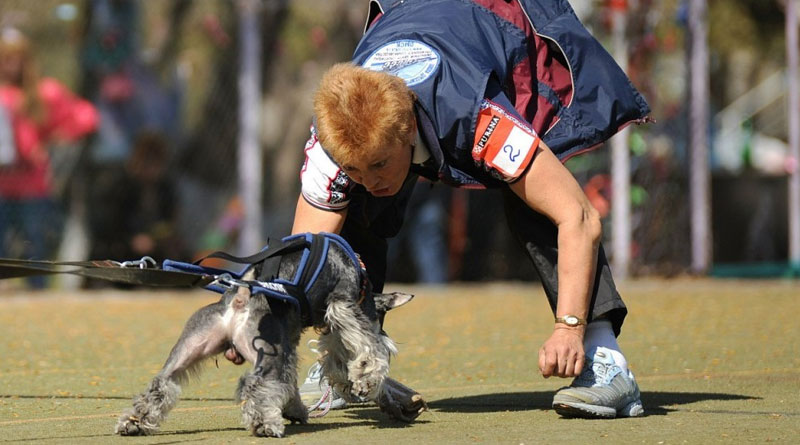
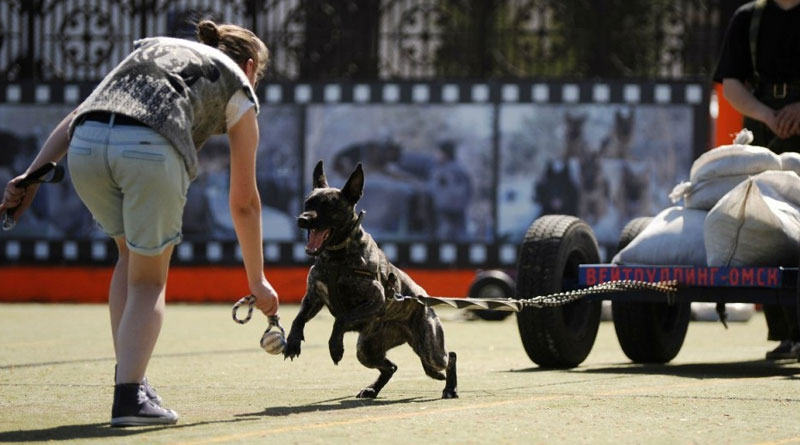
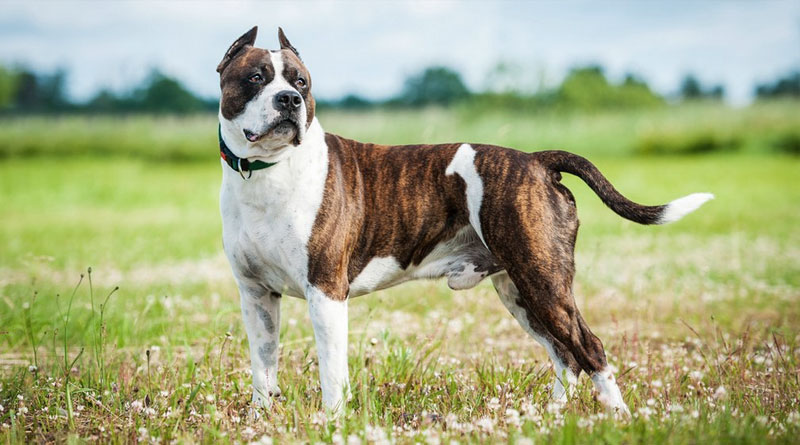
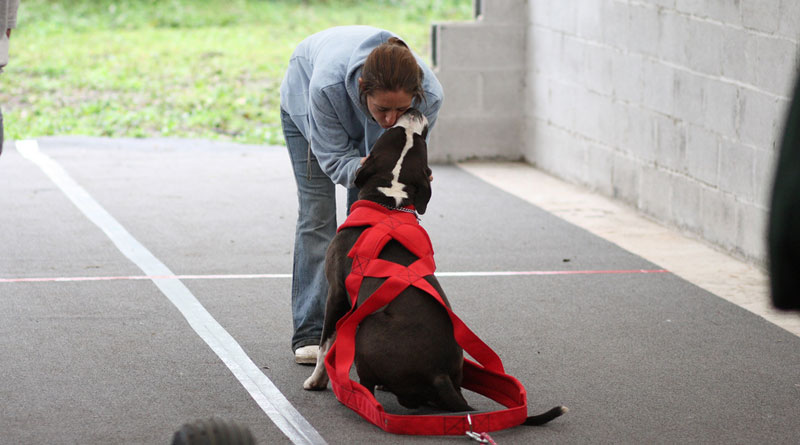
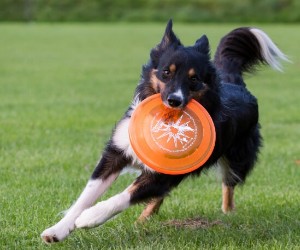
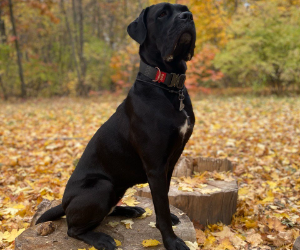
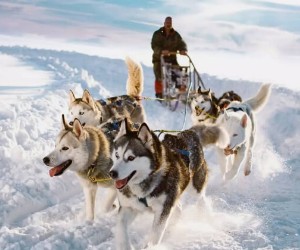

Leave a Reply